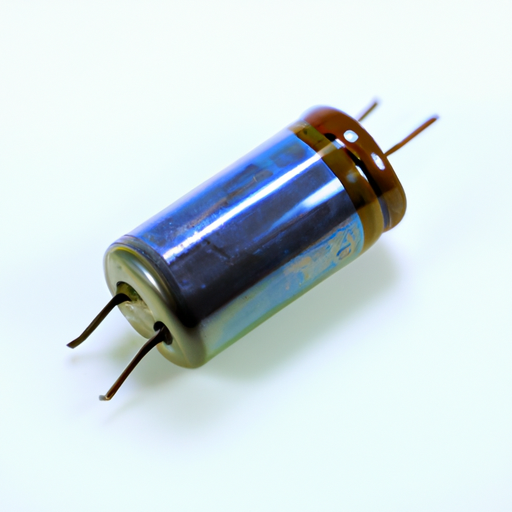Silicon capacitors are a type of capacitor that uses silicon as the dielectric material. Capacitors are electronic components that store and release electrical energy. They are commonly used in electronic circuits to filter out noise, smooth out voltage fluctuations, and store energy for short periods of time.

Another advantage of silicon capacitors is their low leakage current, which means that they can hold a charge for longer periods of time without losing energy. This makes them suitable for applications where a stable voltage is required, such as in power supplies or voltage regulators.
Silicon capacitors also have a high breakdown voltage, which means that they can withstand higher voltages without failing. This makes them suitable for high voltage applications, such as in power distribution systems or electric vehicles.
In addition to these advantages, silicon capacitors are also more stable over a wide temperature range compared to other types of capacitors. This makes them suitable for applications where temperature fluctuations are common, such as in automotive or industrial environments.
Silicon capacitors are typically manufactured using a thin film deposition process, where a thin layer of silicon is deposited onto a substrate and then patterned to create the capacitor structure. The silicon layer acts as the dielectric material, while metal electrodes are used to connect the capacitor to the rest of the circuit.
There are several different types of silicon capacitors, including metal-insulator-metal (MIM) capacitors, metal-oxide-semiconductor (MOS) capacitors, and metal-insulator-semiconductor (MIS) capacitors. Each type of capacitor has its own advantages and disadvantages, depending on the specific application requirements.
Metal-insulator-metal (MIM) capacitors are the most common type of silicon capacitor and are typically used in high-frequency applications, such as in RF circuits or microwave devices. These capacitors have a simple structure, with two metal electrodes separated by a thin insulating layer of silicon.
Metal-oxide-semiconductor (MOS) capacitors are another type of silicon capacitor that is commonly used in integrated circuits. These capacitors have a metal electrode on one side, a silicon dioxide insulating layer in the middle, and a semiconductor substrate on the other side. MOS capacitors are used to store charge in memory cells or to filter out noise in analog circuits.
Metal-insulator-semiconductor (MIS) capacitors are a variation of MOS capacitors that use a different dielectric material, such as silicon nitride or silicon carbide, instead of silicon dioxide. These capacitors are used in high-power applications, such as in power electronics or electric vehicles, where high breakdown voltages are required.
In conclusion, silicon capacitors are a versatile and reliable type of capacitor that offers several advantages over traditional capacitors. They are ideal for applications where high energy storage, low leakage current, high breakdown voltage, and temperature stability are required. With their wide range of applications and superior performance characteristics, silicon capacitors are an essential component in modern electronic devices.
